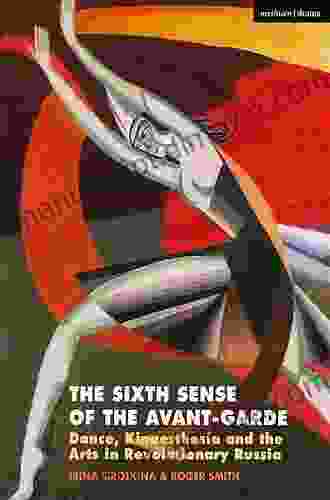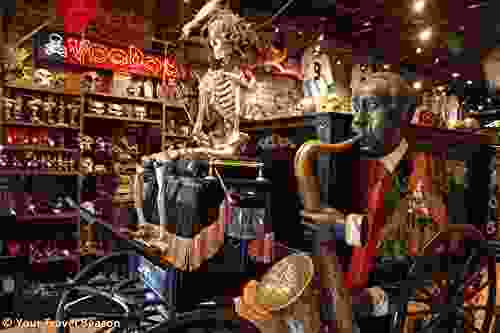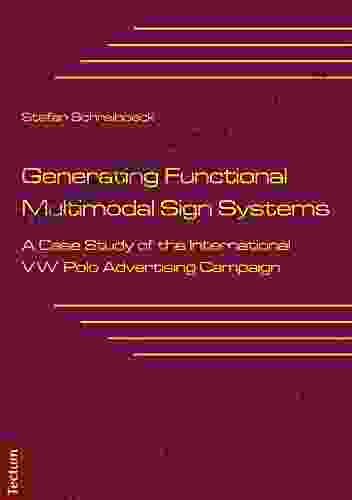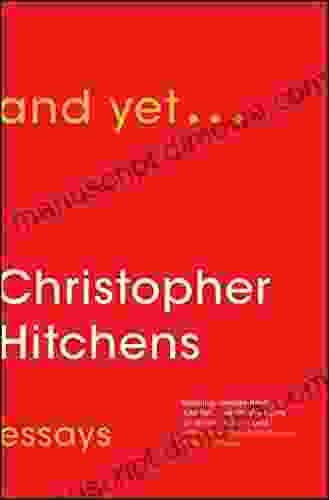Dance, Kinaesthesia, and the Arts in Revolutionary Russia: A Journey Through Artistic Revolution

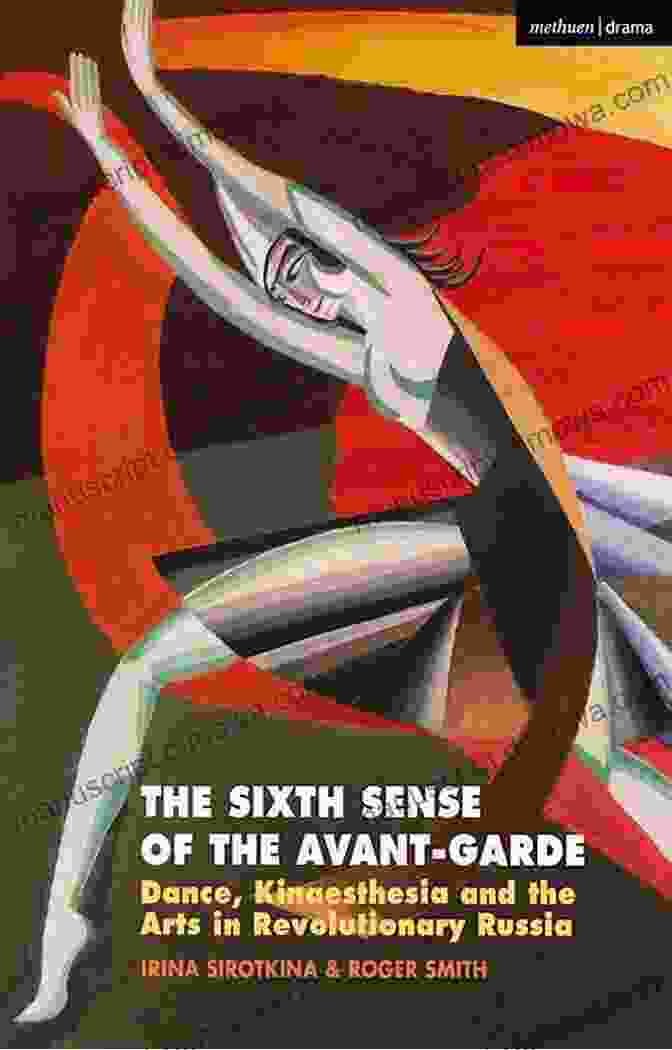
The early 20th century witnessed a period of immense social and political upheaval in Russia, a time that saw the rise of revolutionary movements and the eventual overthrow of the Tsarist regime. Amidst this turbulent backdrop, the arts underwent a period of profound transformation, as artists sought to break free from the constraints of traditional forms and explore new avenues of expression.
5 out of 5
| Language | : | English |
| File size | : | 4614 KB |
| Text-to-Speech | : | Enabled |
| Screen Reader | : | Supported |
| Enhanced typesetting | : | Enabled |
| Word Wise | : | Enabled |
| Print length | : | 212 pages |
One of the most significant developments of this period was the emergence of a new understanding of the body and its movement, known as kinaesthesia. This concept, which emphasized the body's innate ability to sense and control its movements, had a profound impact on the development of dance and other art forms.
In this groundbreaking book, "Dance Kinaesthesia And The Arts In Revolutionary Russia," author Alexandra Efimova delves into the intricate relationship between dance, kinaesthesia, and the broader artistic landscape of revolutionary Russia. Through a meticulous examination of archival materials, Efimova traces the development of these concepts and their influence on the works of leading artists, dancers, and thinkers of the time.
Chapter 1: The Birth of Kinaesthesia
Efimova begins her exploration by examining the origins of kinaesthesia and its emergence as a distinct scientific field in the early 20th century. She traces the work of pioneering physiologists and psychologists such as Ivan Sechenov, Vladimir Bekhterev, and Nikolai Bernstein, who laid the groundwork for our understanding of the body's sensory-motor system.
Influenced by these scientific advancements, artists and dancers began to experiment with new ways of perceiving and representing movement. They sought to capture the dynamic interplay of muscles, bones, and nerves, revealing the body's inherent expressiveness.
Chapter 2: The Impact on Dance
The development of kinaesthesia had a profound impact on dance, leading to the emergence of new choreographic styles and techniques. Dancers such as Isadora Duncan, Vaslav Nijinsky, and Aleksandr Sakharov embraced the concept of kinaesthetic awareness, incorporating it into their performances to create a more fluid and expressive form of dance.
Efimova analyzes the works of these dancers, exploring how they used kinaesthesia to convey emotion, tell stories, and challenge traditional notions of dance. She also examines the impact of kinaesthesia on dance education and training methods, highlighting the role it played in shaping the development of modern dance techniques.
Chapter 3: Beyond Dance: Kinaesthesia in Other Art Forms
The influence of kinaesthesia extended beyond dance, making its mark on other art forms as well. Efimova explores the ways in which artists such as Wassily Kandinsky, Kazimir Malevich, and Vladimir Tatlin incorporated kinaesthetic principles into their paintings, sculptures, and theatrical productions.
She argues that the concept of kinaesthesia provided these artists with a new vocabulary for expressing movement and dynamism in their work. It enabled them to create art that was more immersive and engaging, blurring the boundaries between different art forms.
Chapter 4: The Political and Social Context
Efimova also examines the political and social context in which these artistic developments took place. She argues that the revolutionary atmosphere of the time fostered a spirit of experimentation and innovation, encouraging artists to break free from traditional norms and explore new possibilities.
The book explores how the arts were used as a tool for social and political expression, with artists using their work to comment on the tumultuous events unfolding around them. It also examines the ways in which the government sought to control and suppress artistic expression, highlighting the tensions between artistic freedom and political censorship.
In "Dance Kinaesthesia And The Arts In Revolutionary Russia," Alexandra Efimova presents a comprehensive and illuminating account of the transformative role that kinaesthesia played in the arts during a pivotal period of Russian history. Through her meticulous research and insightful analysis, she offers a fresh perspective on the development of dance, painting, sculpture, and theater in the early 20th century.
This book is an essential read for anyone interested in the history of art, dance, and the Russian Revolution. It is a groundbreaking work that sheds new light on the complex relationship between the body, movement, and artistic expression in one of the most tumultuous and transformative periods in human history.
5 out of 5
| Language | : | English |
| File size | : | 4614 KB |
| Text-to-Speech | : | Enabled |
| Screen Reader | : | Supported |
| Enhanced typesetting | : | Enabled |
| Word Wise | : | Enabled |
| Print length | : | 212 pages |
Do you want to contribute by writing guest posts on this blog?
Please contact us and send us a resume of previous articles that you have written.
 Book
Book Novel
Novel Page
Page Chapter
Chapter Text
Text Story
Story Genre
Genre Reader
Reader Library
Library Paperback
Paperback E-book
E-book Magazine
Magazine Newspaper
Newspaper Paragraph
Paragraph Sentence
Sentence Bookmark
Bookmark Shelf
Shelf Glossary
Glossary Bibliography
Bibliography Foreword
Foreword Preface
Preface Synopsis
Synopsis Annotation
Annotation Footnote
Footnote Manuscript
Manuscript Scroll
Scroll Codex
Codex Tome
Tome Bestseller
Bestseller Classics
Classics Library card
Library card Narrative
Narrative Biography
Biography Autobiography
Autobiography Memoir
Memoir Reference
Reference Encyclopedia
Encyclopedia Stewart Whyte
Stewart Whyte Victor Hugo
Victor Hugo Go Books
Go Books The Navigators
The Navigators Paulo Caroli
Paulo Caroli Charley Hester
Charley Hester Christina Fanelli
Christina Fanelli Charles Streams
Charles Streams Cherie Mitchell
Cherie Mitchell Siobhan Nash Marshall
Siobhan Nash Marshall James E Casto
James E Casto Christine Welldon
Christine Welldon Chris Moorey
Chris Moorey David John Antoniuk
David John Antoniuk Christopher Golden
Christopher Golden Charlie Slagle
Charlie Slagle Henry Garnett
Henry Garnett Chris Mandeville
Chris Mandeville Erin Hagar
Erin Hagar Shannon Takaoka
Shannon Takaoka
Light bulbAdvertise smarter! Our strategic ad space ensures maximum exposure. Reserve your spot today!

 Shaun NelsonUnlock the Future with "Cognitive Benchmark: A Transformative Journey from...
Shaun NelsonUnlock the Future with "Cognitive Benchmark: A Transformative Journey from...
 Samuel Taylor ColeridgeSoft Science: A Literary Masterpiece that Explores the Boundaries of...
Samuel Taylor ColeridgeSoft Science: A Literary Masterpiece that Explores the Boundaries of... Ralph EllisonFollow ·2.2k
Ralph EllisonFollow ·2.2k Colby CoxFollow ·9.6k
Colby CoxFollow ·9.6k Garrett PowellFollow ·17.2k
Garrett PowellFollow ·17.2k Eugene PowellFollow ·14.7k
Eugene PowellFollow ·14.7k Anthony WellsFollow ·2k
Anthony WellsFollow ·2k Francisco CoxFollow ·7k
Francisco CoxFollow ·7k Justin BellFollow ·8.9k
Justin BellFollow ·8.9k Harold BlairFollow ·5.9k
Harold BlairFollow ·5.9k
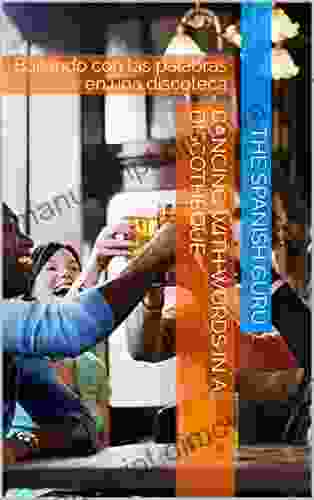
 Frank Mitchell
Frank MitchellStep Onto the Dance Floor of Spanish Fluency with...
Are you ready to take a...
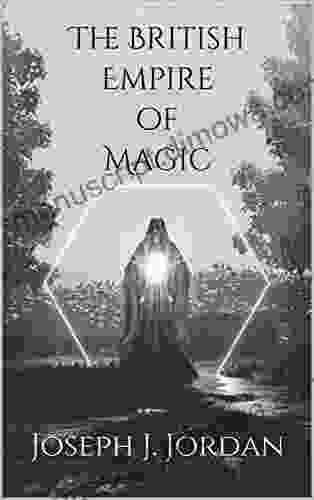
 Jarrett Blair
Jarrett BlairEscape into the Enchanting Realm of "The British Empire...
Embark on an Extraordinary Literary Journey...
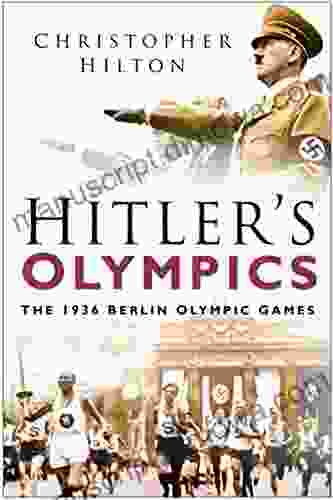
 Gregory Woods
Gregory WoodsHitler Olympics: The 1936 Berlin Olympic Games
The 1936 Berlin Olympic Games...
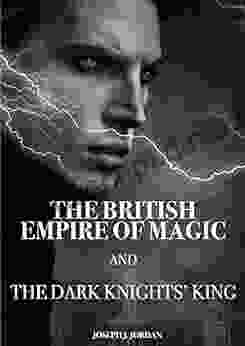
 Philip Bell
Philip BellThe British Empire of Magic and the Dark Knights King: An...
In the tapestry of literary...

 Jacob Hayes
Jacob HayesPerilous Journey of Danger and Mayhem: A Thrilling...
In the untamed wilderness,...
5 out of 5
| Language | : | English |
| File size | : | 4614 KB |
| Text-to-Speech | : | Enabled |
| Screen Reader | : | Supported |
| Enhanced typesetting | : | Enabled |
| Word Wise | : | Enabled |
| Print length | : | 212 pages |


